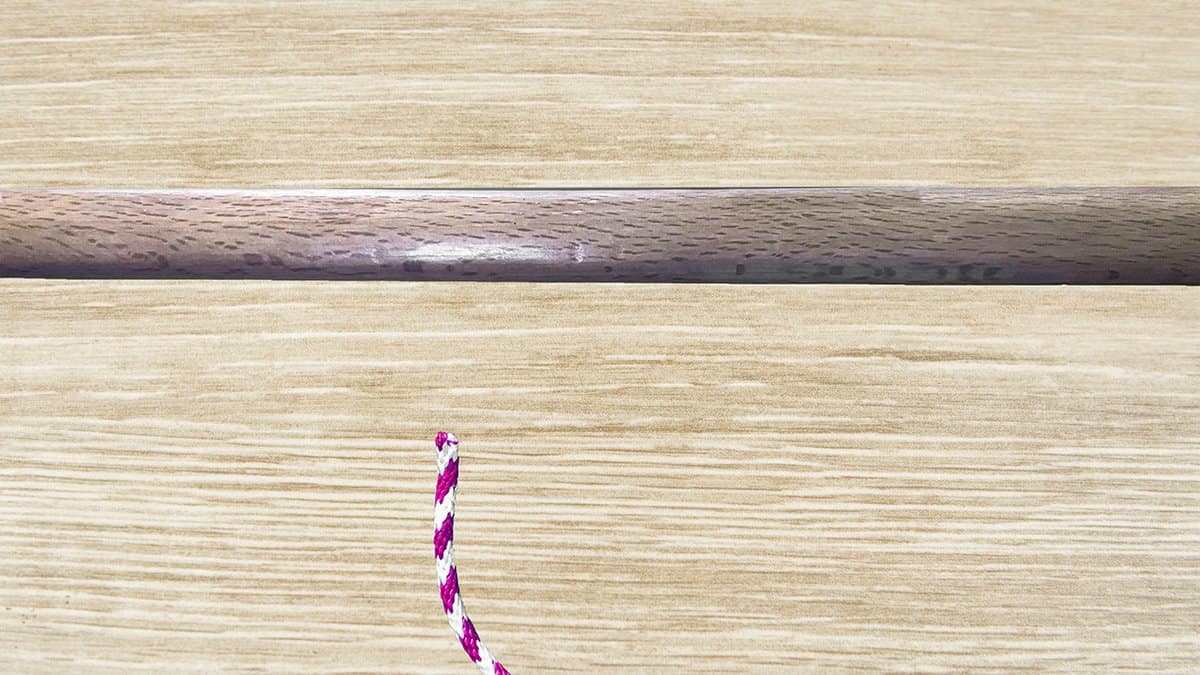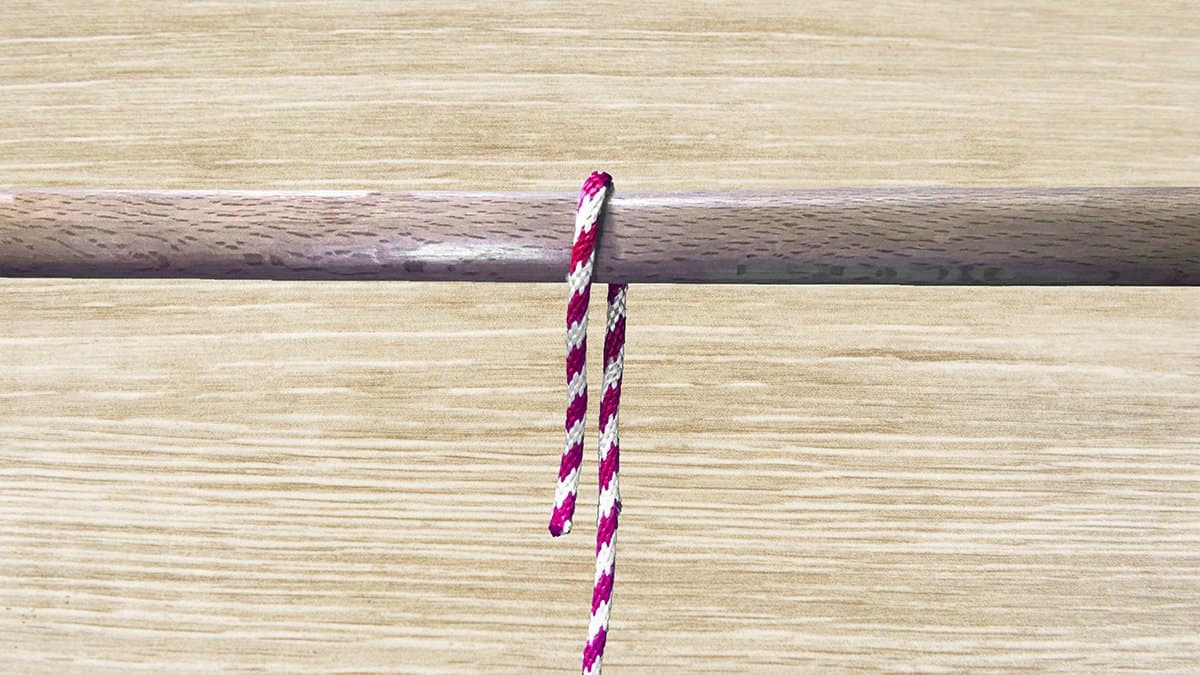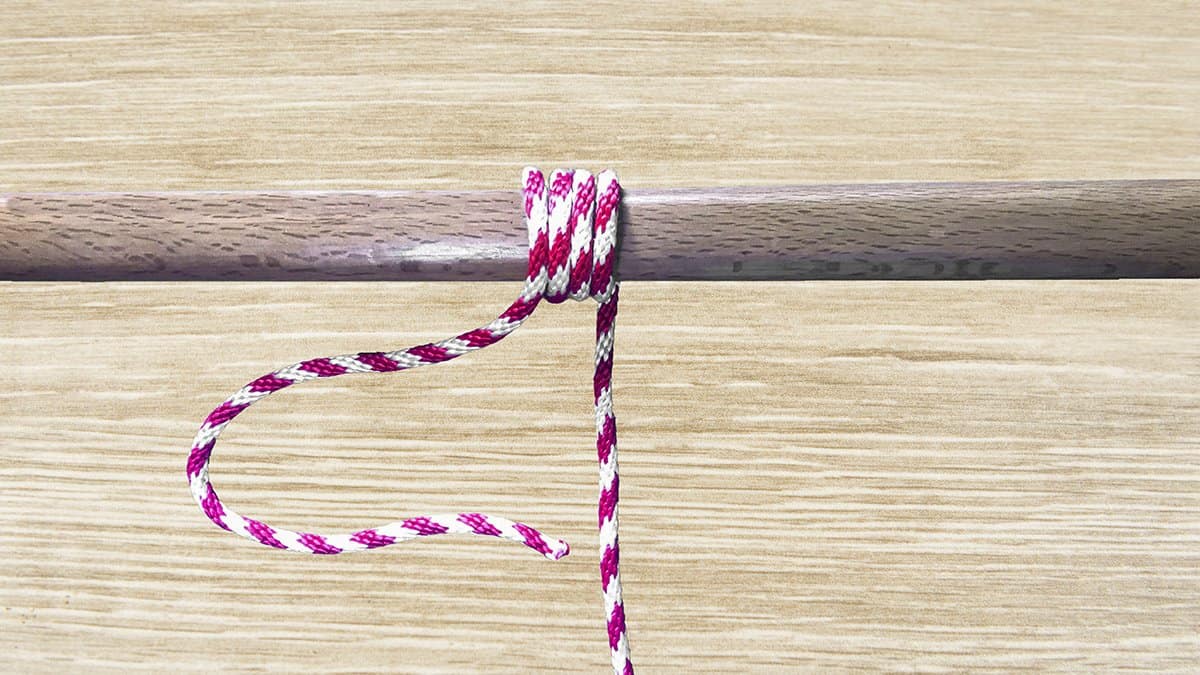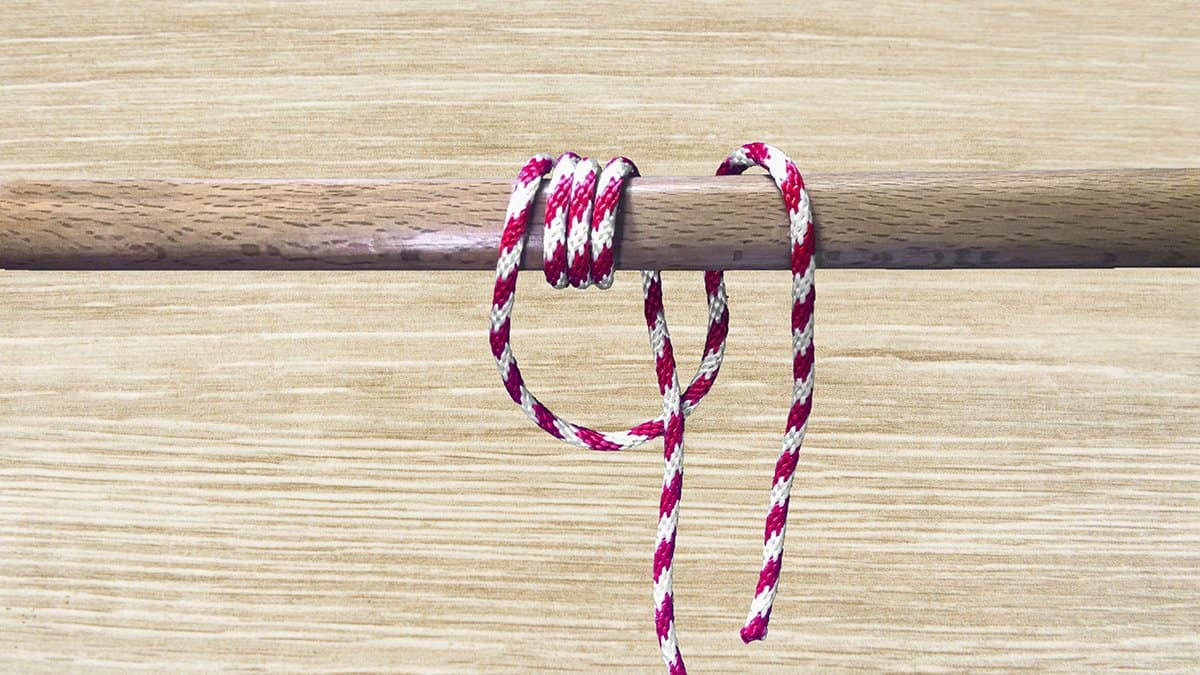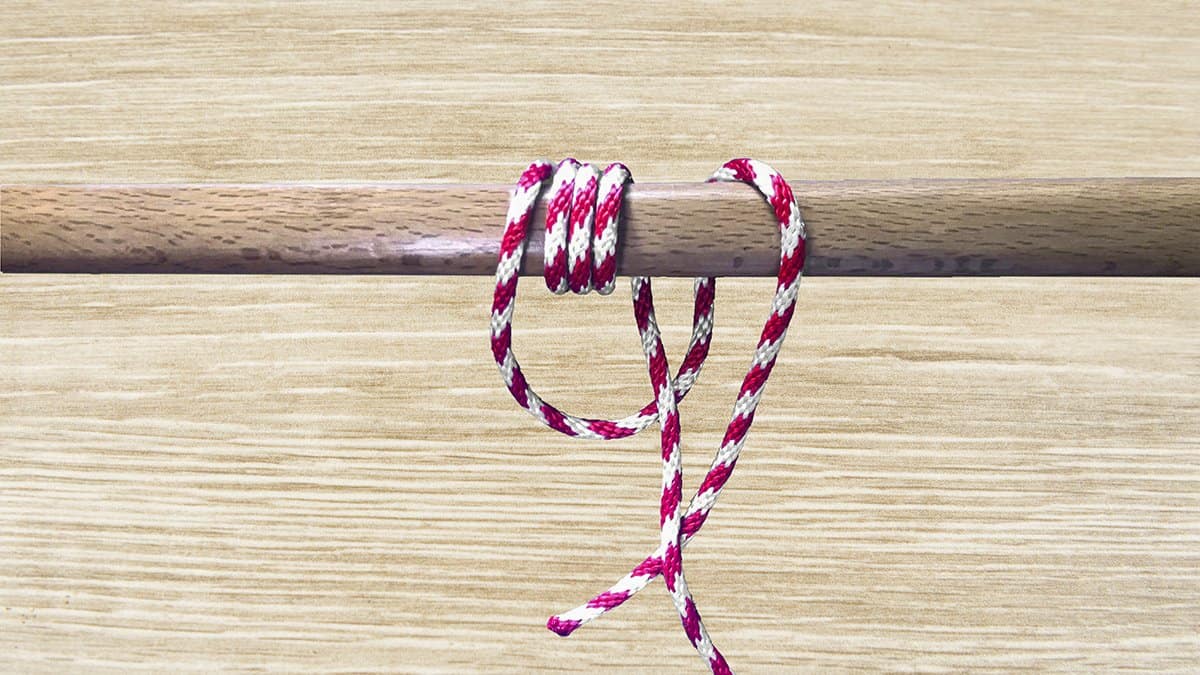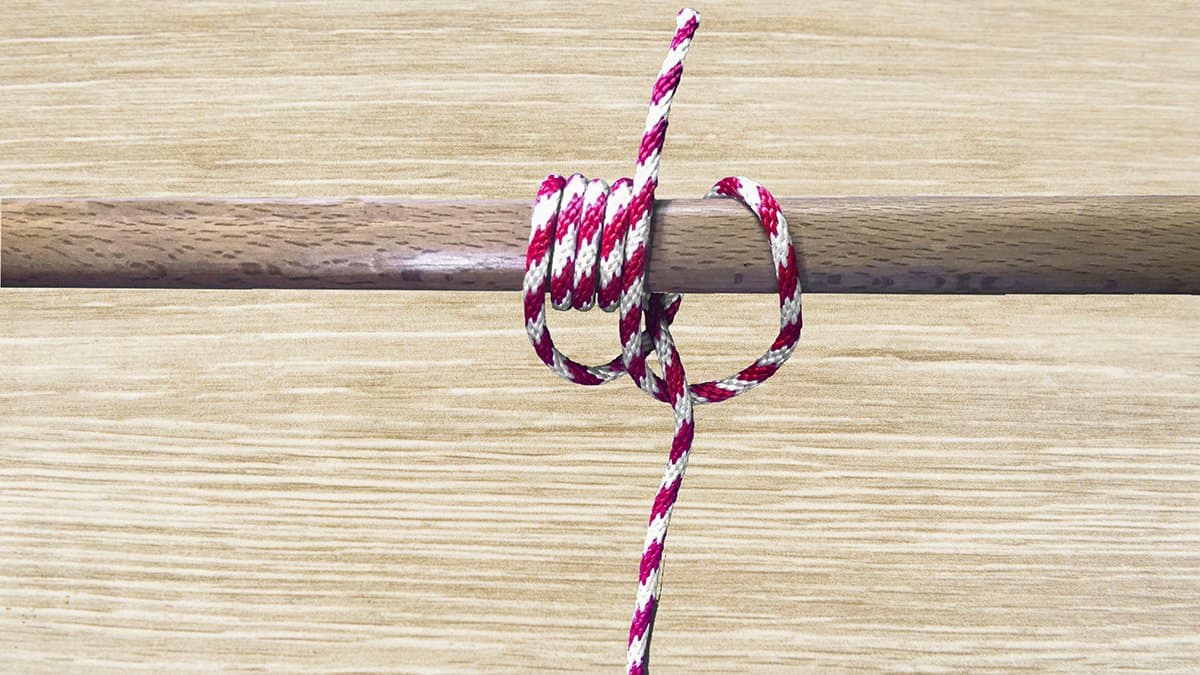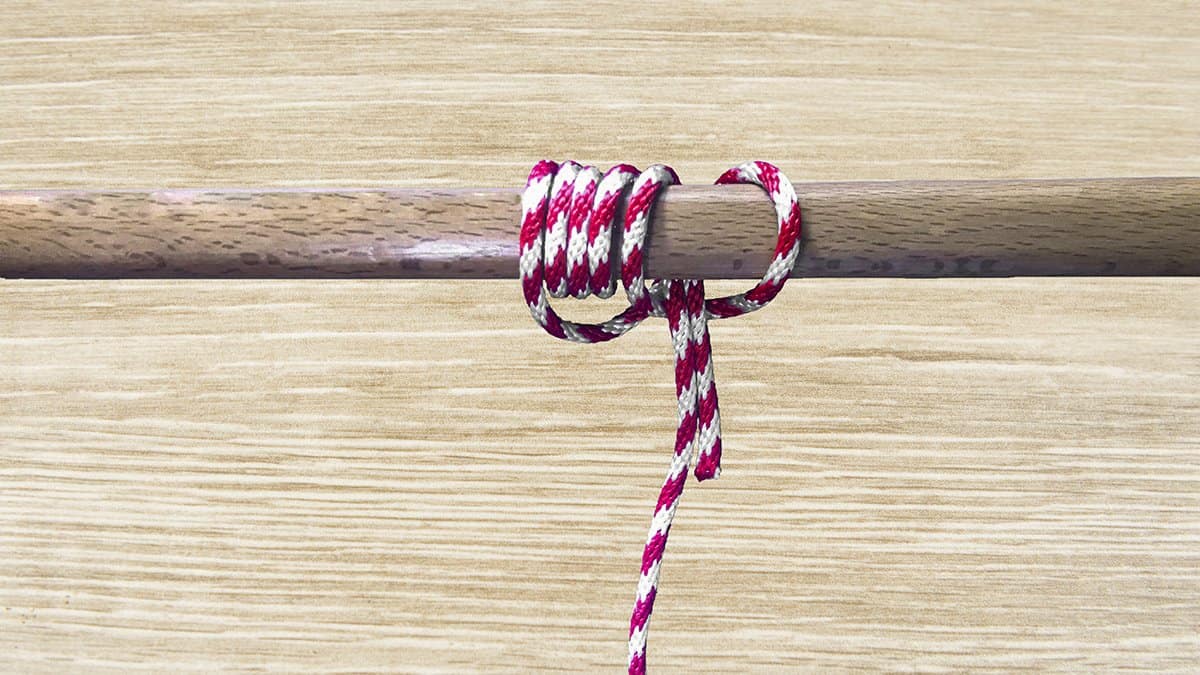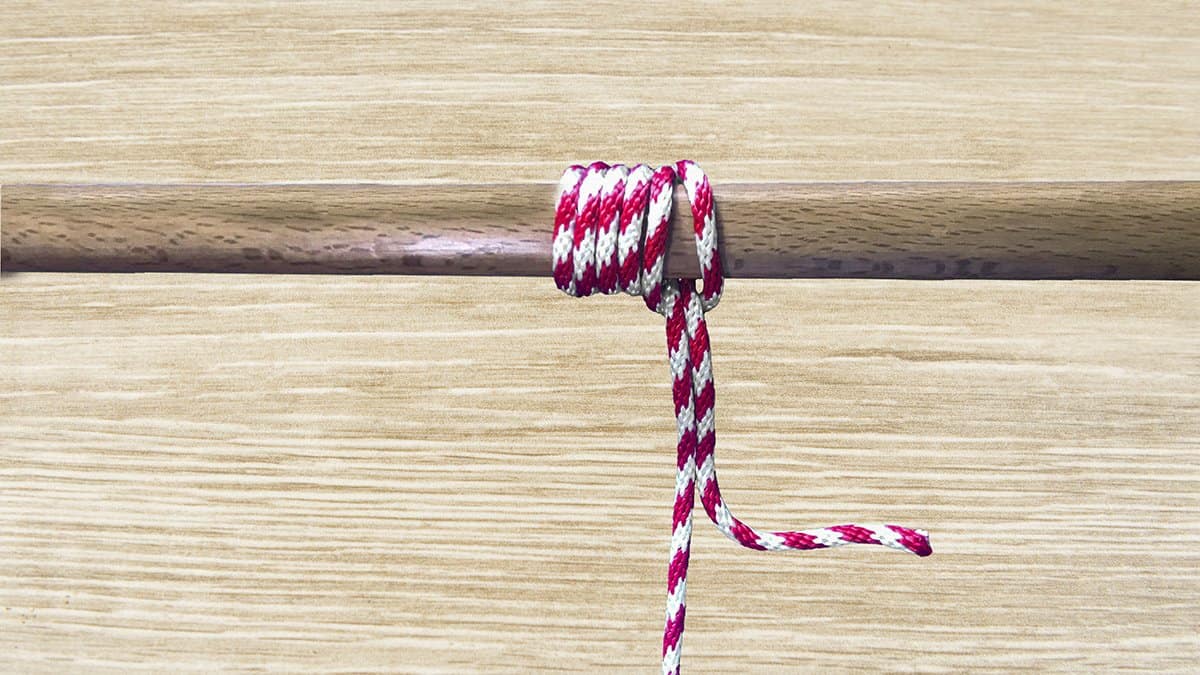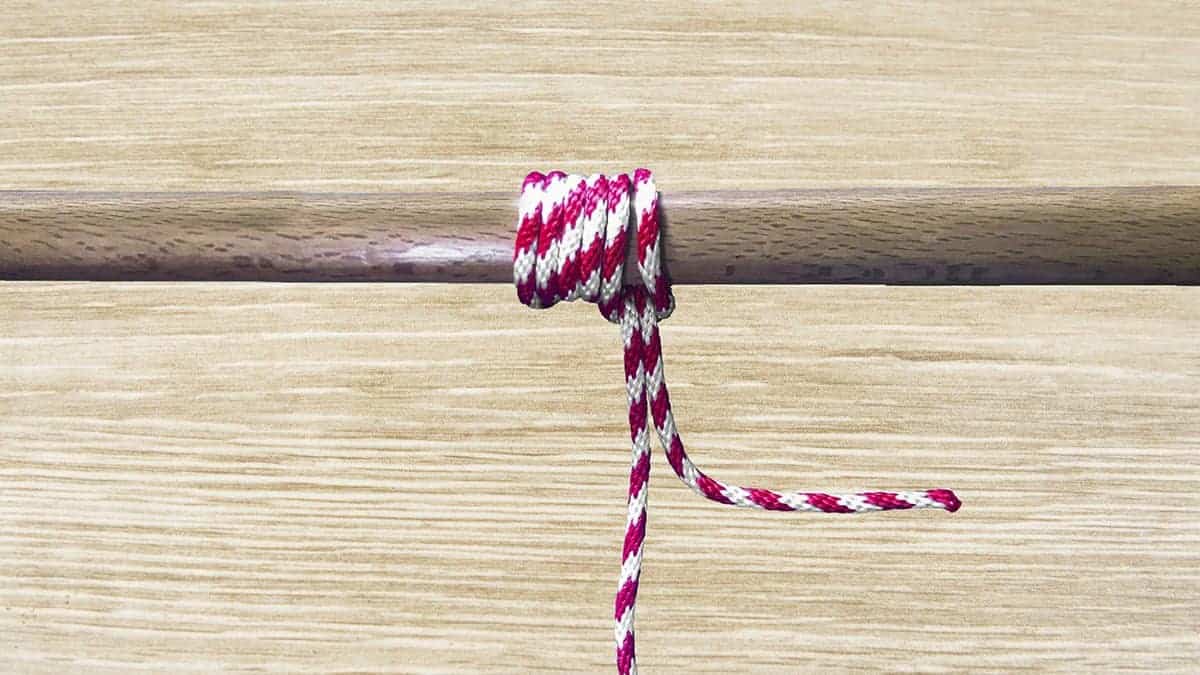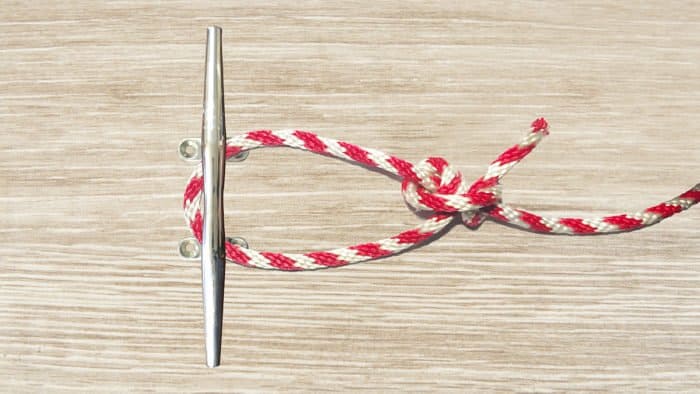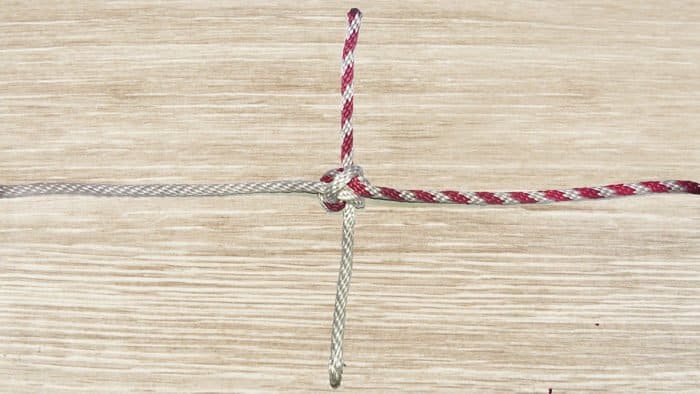How To Tie An Icicle Hitch Knot
The Icicle Hitch Knot is a strong and practical slide and grip knot that can be tied around a rope or spar, and hold significant weight. It can be used on smooth or tapered surfaces which is where Icicle Hitch Knot gets its name.
First demonstrated in 1990 at the eighth Annual Meeting of the International Guild of Knot Tyers, the Icicle Hitch Knot is relatively new.
Uses for the Icicle Hitch Knot
The Icicle Hitch Knot can be used to tie anything cylindrical that requires a lengthwise pull. Whether you need to hoist a pole up a mast or create a temporary safety line between two secured points, this knot is a good choice.
Similar hitches do exist, such as the Rolling Hitch, but when reviewed by Practical Sailor in 2009, the Icicle Hitch was proven to be superior.
How To Tie An Icicle Hitch Knot
Tying an Icicle Hitch requires a rope and something to tie it to. You can use a post or spar, or something smaller like a pen or length of pipe.
Step One: Wrap your rope around the piling four times. It must be tied away from the direction of the load.
Step Two: On the fourth wrap, leave a loop hanging below the spar and take the working end behind the standing end, and bring it over the piling.
Step Three: Take the working end back behind the standing end and make a turn over the pole once more. Lead the working end down beside the standing end.
Step Four: Tighten the knot by pulling on the working and standing ends. You should feel the knot tighten as you pull it in the direction of travel, which is parallel to the pole.
Things To Consider
Warnings
Some modern ropes don’t produce enough friction to make a truly reliable icicle hitch knot. We recommend making a trial knot to test whether your rope is up to the task before using it for a critical load.
Variations
There is an alternative method of tying the Icicle Hitch Knot. The first steps are the same as those mentioned above, but rather than tying the knot using the working end, it’s possible to create a loop and slide it over the end of your pole or piling, pulling the standing ends through and pulling to tighten. This method is effective but more complex.
Alternatives
The Icicle Hitch Knot is one of the best slip and grip hitches but the Prusik Knot and the Klemheist Knot are two popular alternatives. They’re similar in nature and have their own strengths and weaknesses. The Rolling Hitch Knot is also a viable alternative, as is the Timber Hitch, but only if you’re pulling in a horizontal motion instead.
The Bottom Line
The Icicle Hitch Knot is ideal for smooth and tapered surfaces. It provides a strong grip and, once mastered, can be a versatile tool in your knot tying arsenal.
Categories: Nautical Knots
